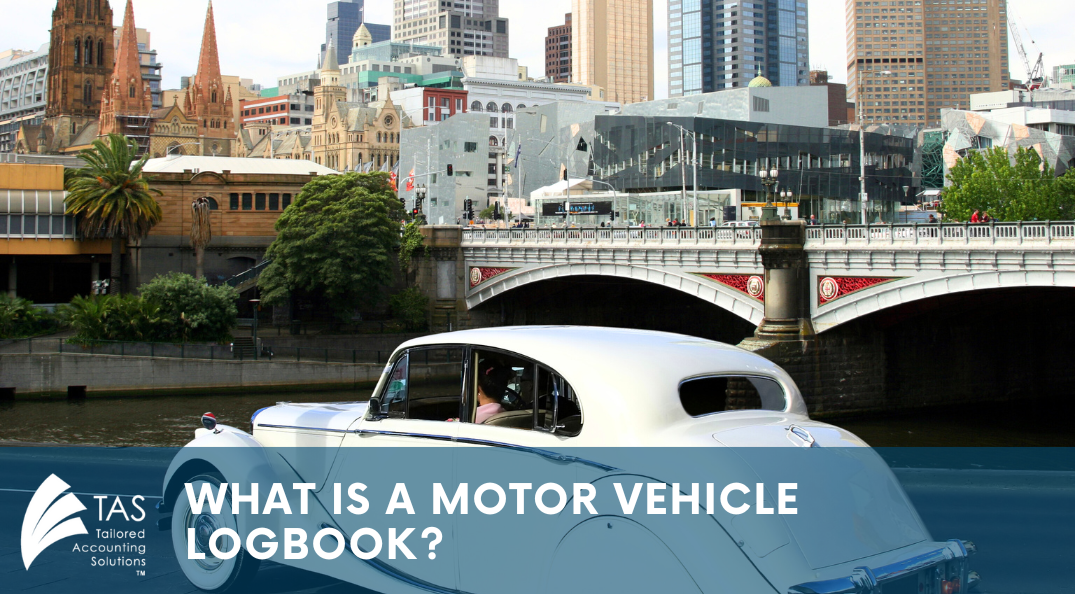
Motor Vehicle Logbook
Is your car used for work-related duties or to run your business? Keeping a comprehensive record of your car-related overheads is essential if you want to maximize your tax claim.
Tax audits can be saved time and money if you maintain an up-to-date, valid car logbook. The question is, what is a car logbook, how does it work, and how does it save you money?
What is a logbook?
Car logbooks provide detailed records of car use over a specified period, often for tax deduction purposes. Logbooks are typically kept for 12 weeks and contain the following information:
- Every trip taken
- The date of the trip
- The odometer readings at the start and end of the trip
- Odometer readings at the start and end of the trip
- The purpose of the trip
- Total kilometres travelled per trip
- Total kilometres in the record-keeping period
Logbook deductions are a popular method for claiming car expenses in Australia. The Australian Taxation Office (ATO) can determine the percentage of car use that is related to business by keeping an accurate and up-to-date logbook. This is an essential item when trying to claim tax deductions to ensure you receive your maximum tax return.
One thing to note is that a logbook is valid for five years, but a new one may be needed if the pattern of use changes significantly.
What car trips are considered valid for tax purposes?
The first thing you need to establish is what car trips are considered work-related. You cannot claim a deduction for the cost of normal trips between your home and your regular place of business as these are considered private in nature, as you have not commenced work yet.
However, if you work at multiple sites and travel between these places during your workday, you can claim the trip from one site to another as work-related. These trips are valid as they are a vital part of your job.
Here are just a few more examples that would be considered valid work-related car trips for tax purposes:
- Business meetings and conferences: If you’re driving to meet clients and suppliers or attending a work-related conference or training event, these trips can be claimed as work-related expenses.
- Carrying bulky equipment: If your job requires transporting heavy tools or equipment (that can’t be stored at your workplace) to and from work, such trips are considered deductible.
- Post-office hours work: If you’re required to work back after normal hours and no public transport is available, the car trip to return home can be claimed.
- Errands for the business: Work-related errands, such as going to the bank, post office, or purchasing office supplies, are valid deductible trips.
How to claim work-related car use: ATO methods explained
Navigating how to claim motor vehicle expenses can be complex, especially if you have only recently begun claiming your car use for work. The ATO provides two primary methods to make it easier for those who need to claim their car expenses for tax purposes.
Cents per kilometre method: simple and straightforward
Commonly referred to as the ‘cents per kilometre’ method, this approach lets drivers claim .85 cents for each work-related kilometre travelled. However, there is a cap of 5,000 kilometres annually. If you’re wondering how many kilometres you can claim without a logbook, this method doesn’t require one but is still limited to this 5,000-kilometre threshold.
Logbook method: detailed and comprehensive
For those keeping a driver logbook, the ‘actual costs’ approach offers another way to claim work-related car expenses. With this method, you determine the work-related percentage of your vehicle’s usage. After that, you can claim a variety of motor vehicle expenses with your ATO logbook. These include:
- Your motor vehicle’s depreciation
- Running costs—encompassing fuel, oil, and maintenance
- Registration fees
- Insurance premiums
Using an ATO motor vehicle expenses logbook ensures accuracy and might offer a more substantial deduction, especially for those driving more than 5,000 work-related kilometres annually.
How to create a motor vehicle logbook
There are different ways to create your logbook. It can be in the form of an Excel spreadsheet, a paper diary or an account book. All of these record-keeping methods are accepted by the ATO, so long as your records are up-to-date, clear and accurate.
At TAS, we have created a simple Excel worksheet for logbook record keeping that shows all the information you need to fill out and will automatically determine your business use.
The importance of a valid motor vehicle logbook
Recording your trips is simple once you get into the habit of record keeping, and it can help you claim a higher tax refund at the end of the financial year.
Although it may look challenging at first, the motor vehicle logbook is a straightforward number-crunching and cost-effective way to claim your tax deductions, but it takes commitment as you need to register all the details of each drive you make. Remember, the higher your work-use percentage is, the greater the deductions you will be able to claim.
The team of financial professionals at TAS have years of accumulated experience in tax services. Some of our recommended tips to ensure a smooth process of claiming your deductions include:
- Always keep a copy of receipts—it is best to take a photo of these receipts to avoid the risk of paper fading.
- Ensure you keep a copy of all bills paid related to your car, and
- Give all your documents and receipts to your accountants at the end of the financial year.
Thank you for reading!
Should you have any queries in regards to the above please contact our office on (03) 9728 1448
The TAS Team
3/653 Mountain Highway, Bayswater VIC 3153
The information contained in this publication is for general information purposes only, professional advice should be obtained before acting on any information contained herein. The receiver of this document accepts that this publication may only be distributed for the purposes previously stipulated and agreed upon at subscription. Neither the publishers nor the distributors can accept any responsibility for loss occasioned to any person as a result of action taken or refrained from in consequence of the contents of this publication.

